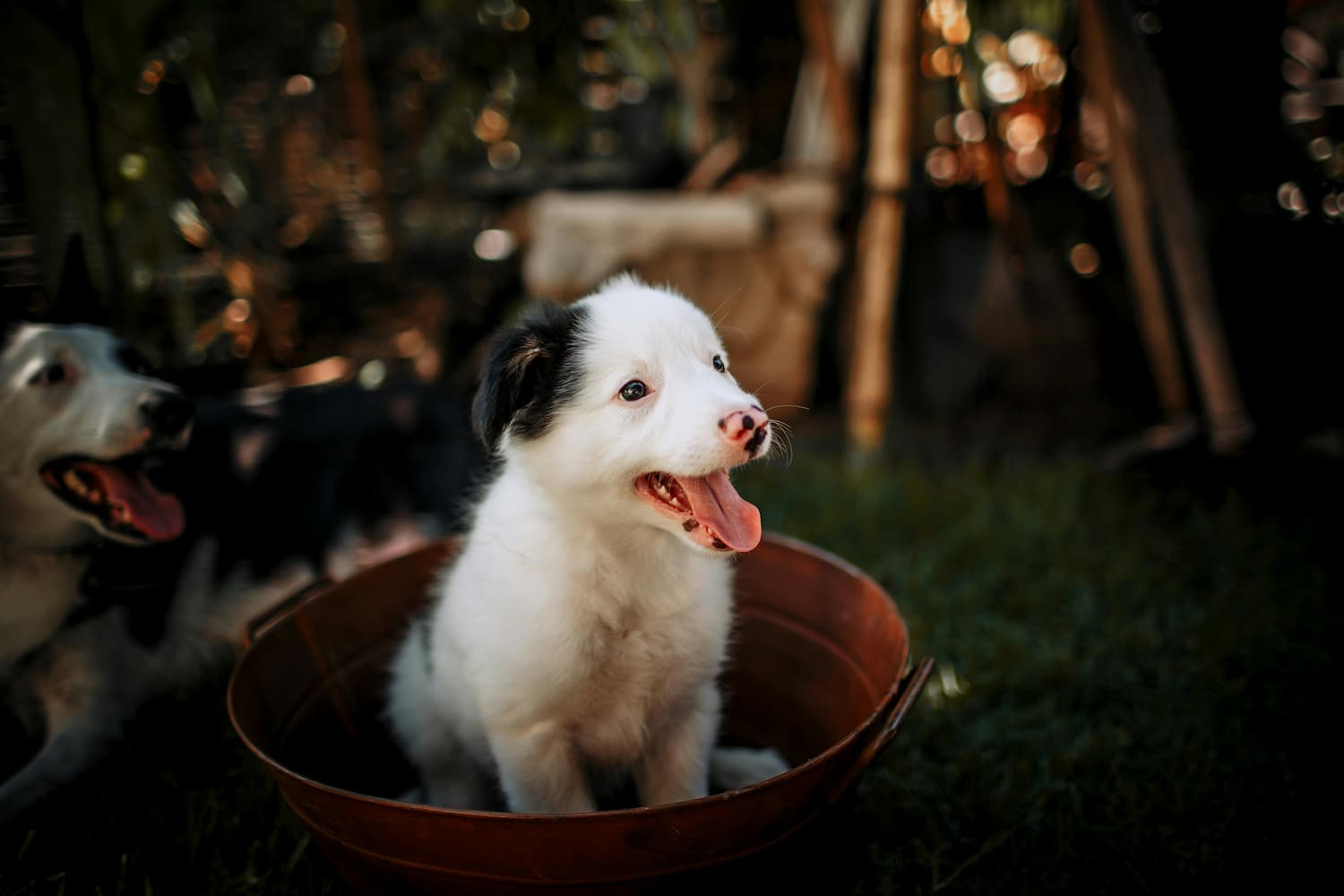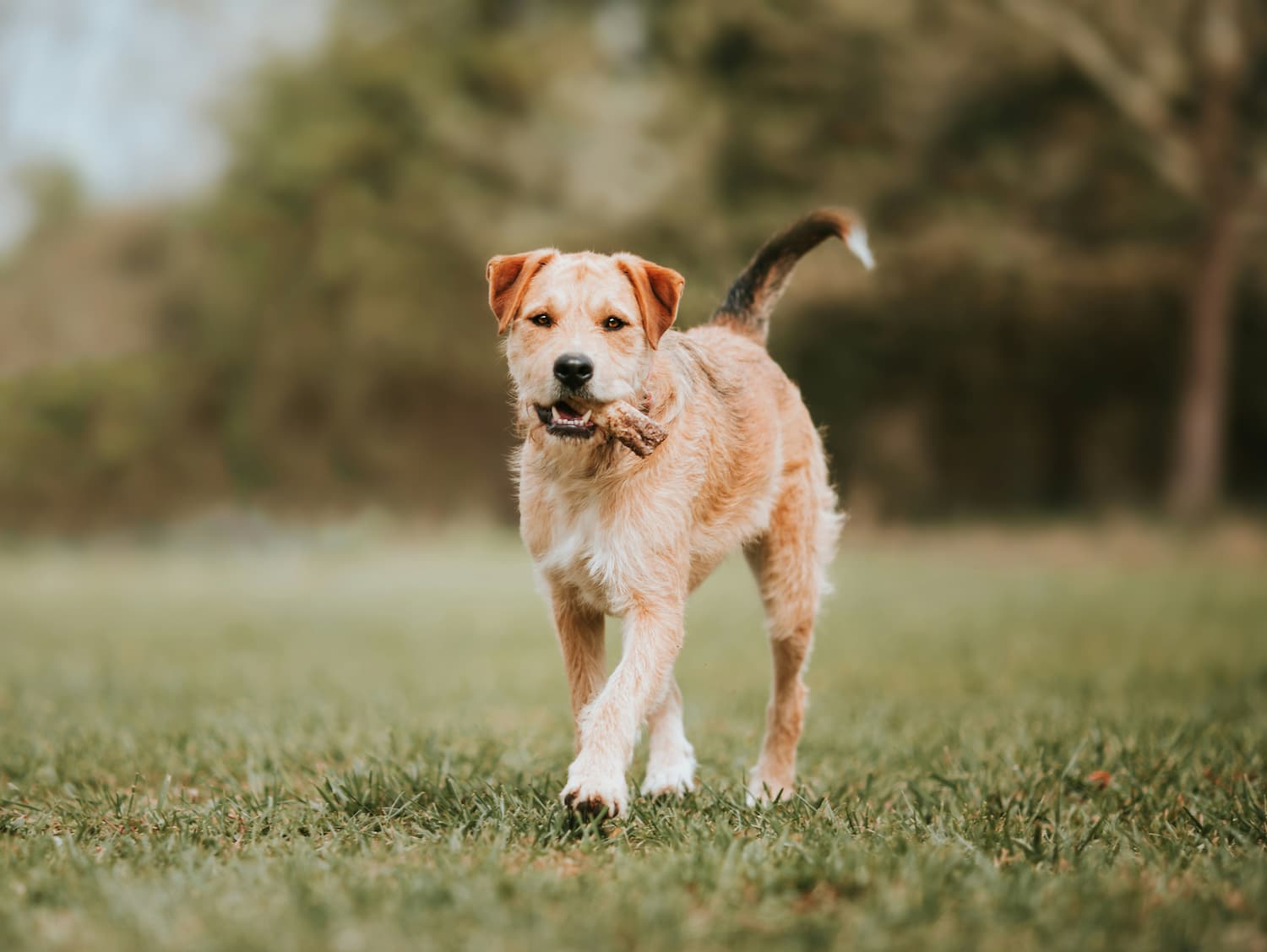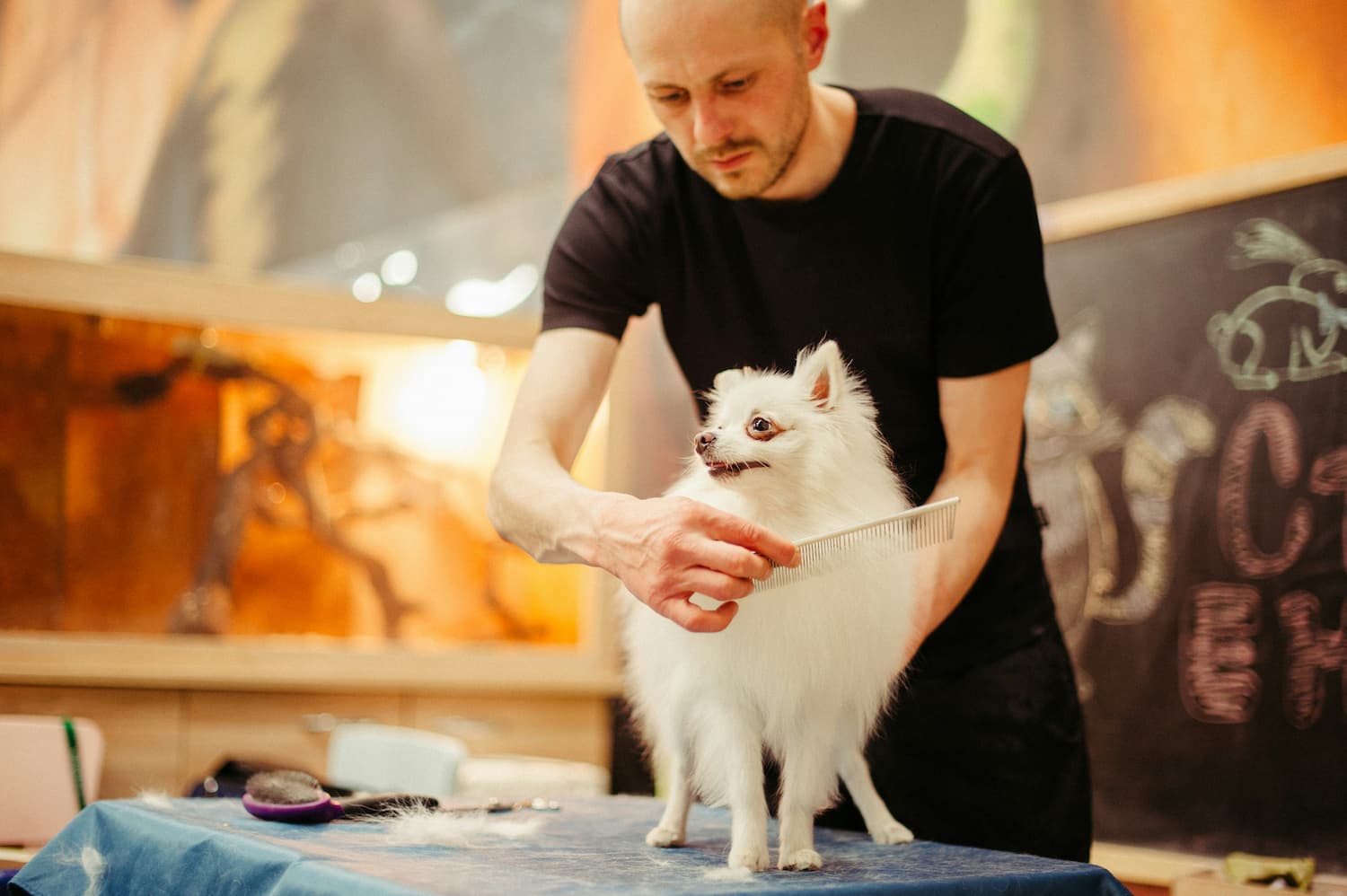Every new dog owner knows the challenge: how do you safely leave your pup in the house without accidents or anxiety? That’s where a dependable dog crate training schedule comes into play. For many families, crate training offers structure, safety, and peace of mind—especially when fitting a puppy into a routine that works around work, errands, or naps. Implementing a clear puppy crate training schedule gives both pups and guardians confidence and clarity.
In this guide, we’ll explore why scheduling matters, walk you through a detailed puppy crate training schedule, and share a crate training adult dog schedule. By the end, you’ll have the tools to craft a routine that fits your lifestyle and your dog’s needs.

What Is Crate Training and Why Is It Important?
Crate training involves teaching your dog to view a crate as a safe, den-like space. It leverages a dog’s natural instincts to seek out small, secure areas. The crate becomes a refuge for rest, reducing stress when you’re away or during thunderstorms and fireworks.
Puppy Crate Training Schedule
A structured puppy crate training schedule accelerates independence and confidence. Here’s a sample daily outline for a 8–16‑week‑old pup:
|
Time |
Activity |
|
6:30 AM |
Wake up & potty break |
|
7:00 AM |
Breakfast; then 1015 min supervised play outside |
|
8:00 AM |
Crate time (with chew toy) + short nap |
|
10:00 AM |
Potty break; training session (sit, stay, name game) |
|
10:30 AM |
Crate time + rest |
|
12:00 PM |
Lunch; potty break |
|
12:30 PM |
Outdoor play & socialization |
|
1:30 PM |
Crate time with safe toy |
|
3:00 PM |
Potty break; short walk |
|
4:00 PM |
Crate or supervised free time |
|
6:00 PM |
Dinner; potty break |
|
7:00 PM |
Family play & lowkey training |
|
8:30 PM |
Last potty break; calm crate time |
|
9:00 PM |
Bedtime in crate |
Guidelines: puppies up to ~10 weeks old usually can’t hold bladder longer than an hour. By 3 months, expect about one hour per month of age; after 6 months, up to six hours—but still limit crate time accordingly.
Adult Dog Crate Training Schedule
Rescue or adopted adult dogs also benefit from a crate training adult dog schedule. Adjust break intervals and activity based on your dog’s prior experience and temperament:
|
Time |
Activity |
|
7:00 AM |
Wake up & potty break |
|
7:15 AM |
Morning walk (15–20 min) |
|
8:00 AM |
Breakfast; short calm time |
|
8:30 AM |
Crate with chew toy or puzzle feeder for 1–2 hours |
|
10:30 AM |
Potty break; brief play session |
|
11:00 AM |
Crate or supervised free time |
|
1:00 PM |
Lunch or midday snack; potty break |
|
1:30 PM |
Crate time with interactive toy |
|
3:30 PM |
Potty break; midday walk |
|
4:00 PM |
Supervised family time or crate |
|
6:00 PM |
Dinner; calm bonding |
|
7:00 PM |
Evening walk/training |
|
8:00 PM |
Last potty break; crate for night |
Adults may hold bladder up to 6–8 hours but should ideally not be crated longer than 4–5 hours at a stretch. This schedule adapts to your workday: if alone, plan mid‑day break or someone to walk/feed. Use calm cues (“crate” command) and feed inside crate to reinforce positivity.
Building trust is paramount, introduce the crate gradually with positive reinforcement. An adult dog may need extra patience but can adapt to a crate training adult dog schedule within days to weeks.

How to Create a Dog Crate Training Schedule That Works?
Crate training success hinges on a tailored approach. Follow these steps to design a schedule that adapts to your dog’s unique needs while building positive associations.
How to Troubleshoot Common Crate Training Issues?
Crate training can be challenging, but understanding and addressing common problems will help your dog adjust smoothly. Below are practical solutions for the most frequent issues, along with seamless transitions to guide you through each step.
Best Tips for Daytime and Nighttime Crate Training Success
Daytime:
Nighttime:
Consistency is key: maintain similar timing each day, including weekends, so the dog crate training schedule becomes predictable and comforting.
Conclusion
A well‑designed dog crate training schedule, whether for a puppy or adult dog, provides structure, safety, and confidence for both pet and family. By tailoring routines to your puppy or adult dog, using positive reinforcement, and addressing issues promptly, you’ll foster trust and good manners that last a lifetime. Stick to consistent meal, play, and rest times, and allow your dog to view the crate as a comforting sanctuary. With patience and persistence, crate training can be a smooth, stress‑free process for the whole family.
FAQ
How long does crate training usually take?
Most puppies adapt within 1–2 weeks to a structured crate routine when consistent reinforcement is applied. Adult dogs may require 2–4 weeks, especially rescues with unknown backgrounds.
What is a good crate schedule for a puppy?
A puppy under 10 weeks typically needs a break every hour; by 3 months, about one hour per month of age; crate cycles of 1–2 hours awake and naps built in. Align with meal/feed/play/potty cycles for optimal potty training.
What is the 2 1 crate rule?
This rule suggests two hours of active time outside the crate followed by one hour of crate or rest time. It helps control energy and reinforces routine. It’s an informal guideline to balance stimulation and downtime comfortably within a full day’s puppy crate training schedule.



